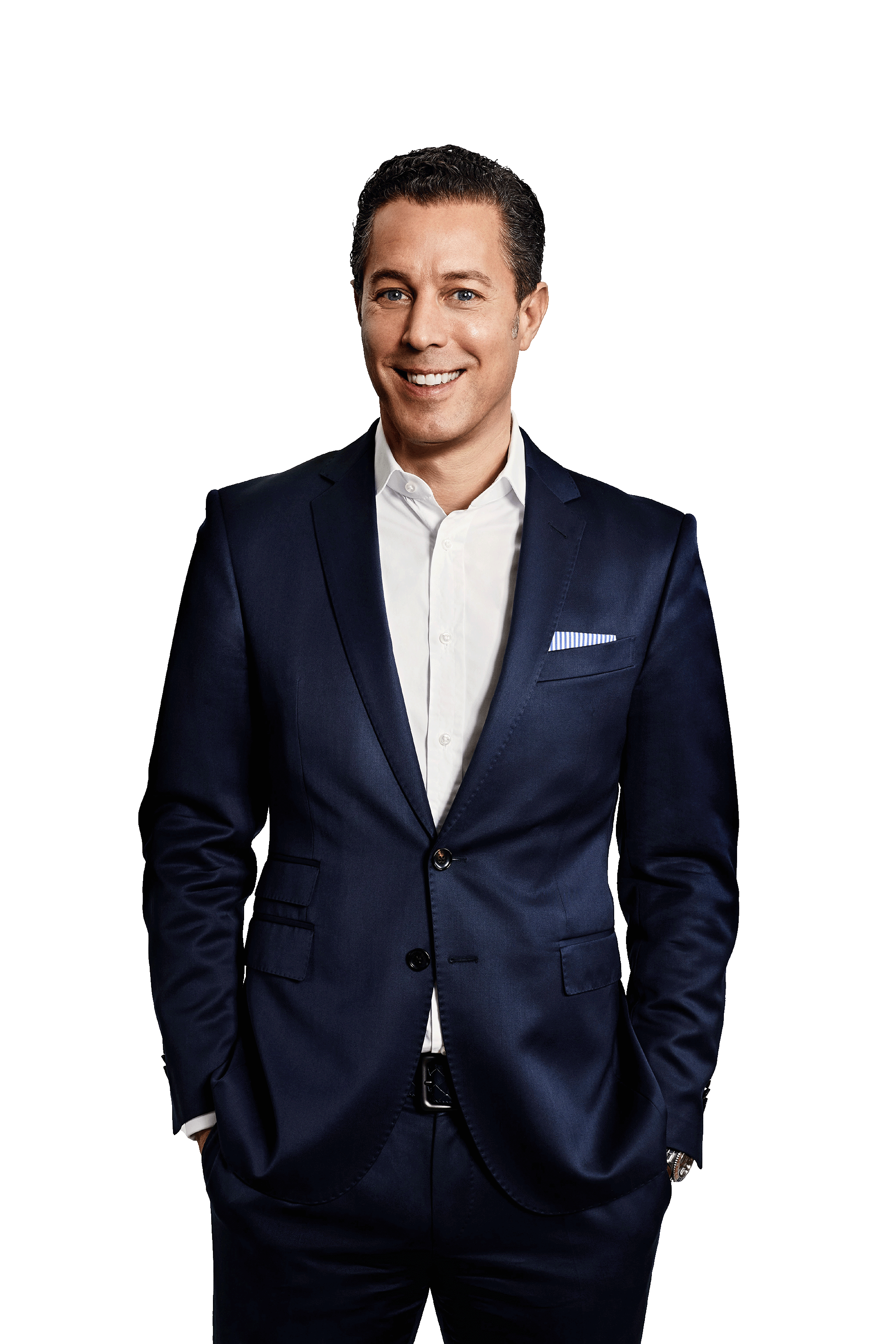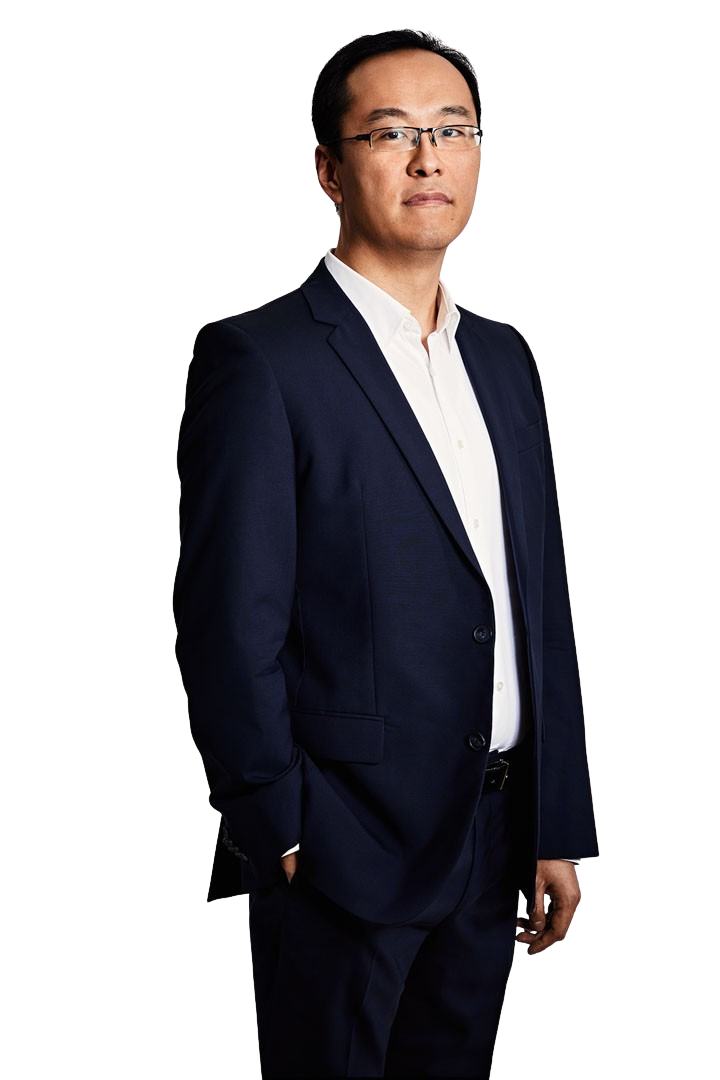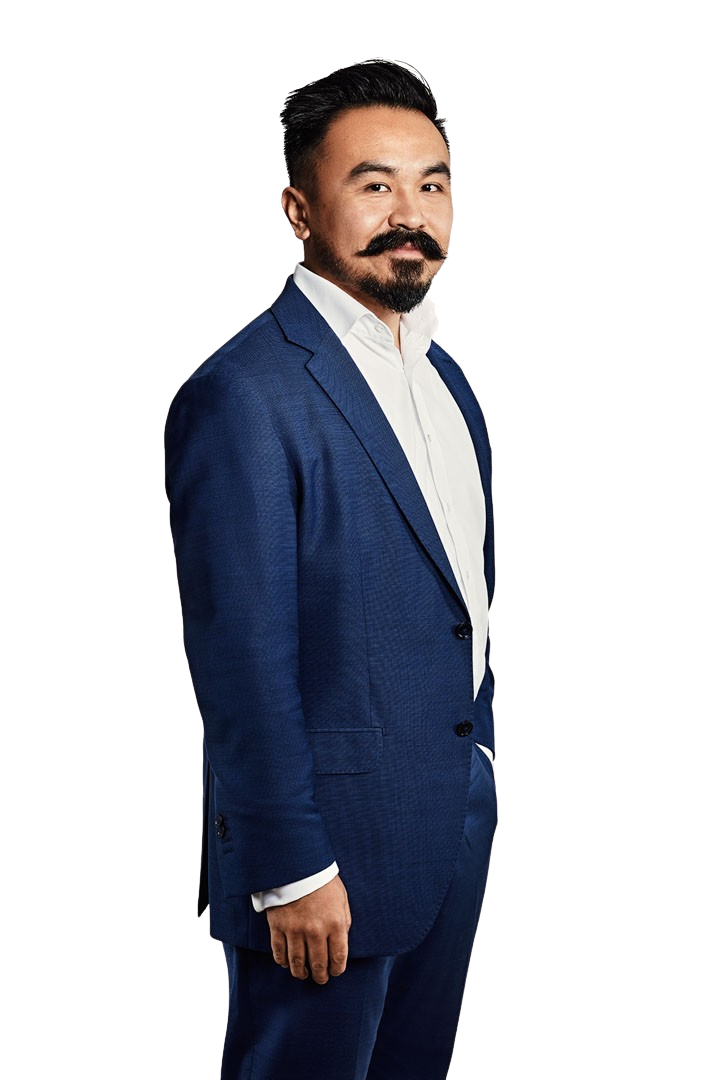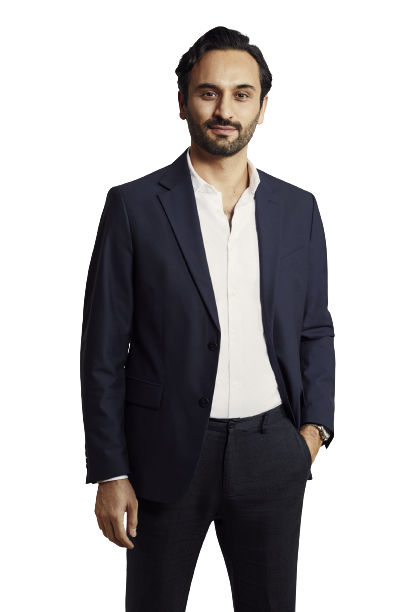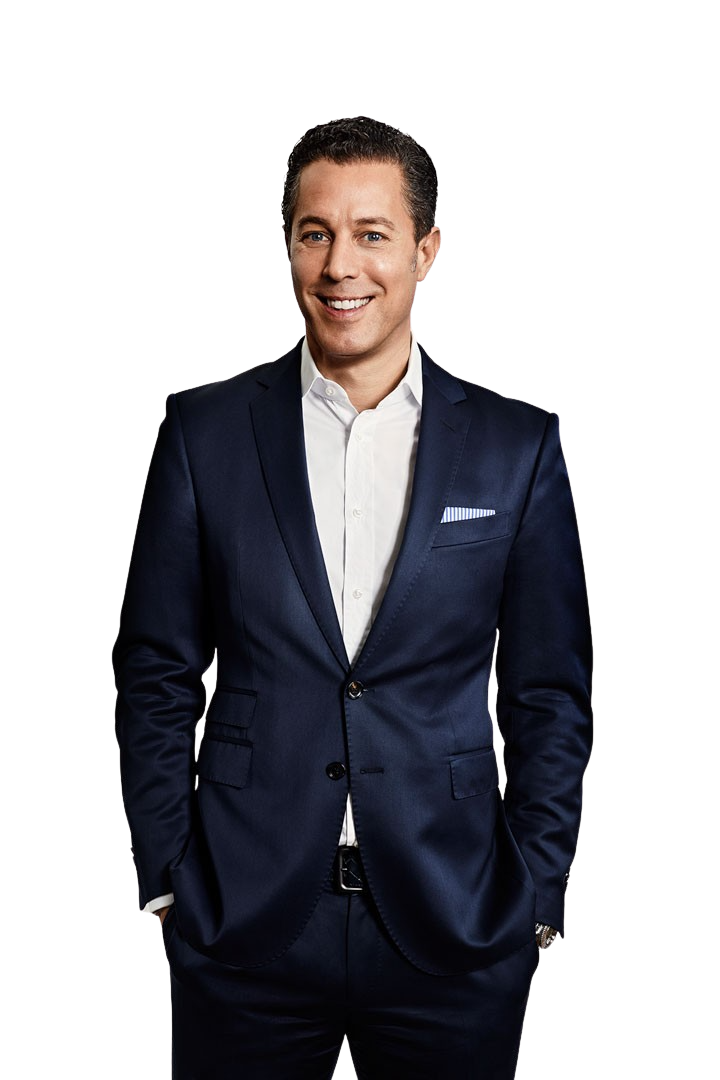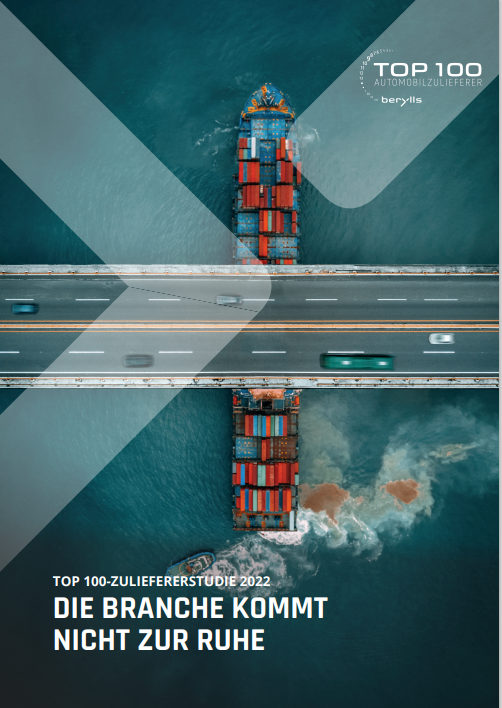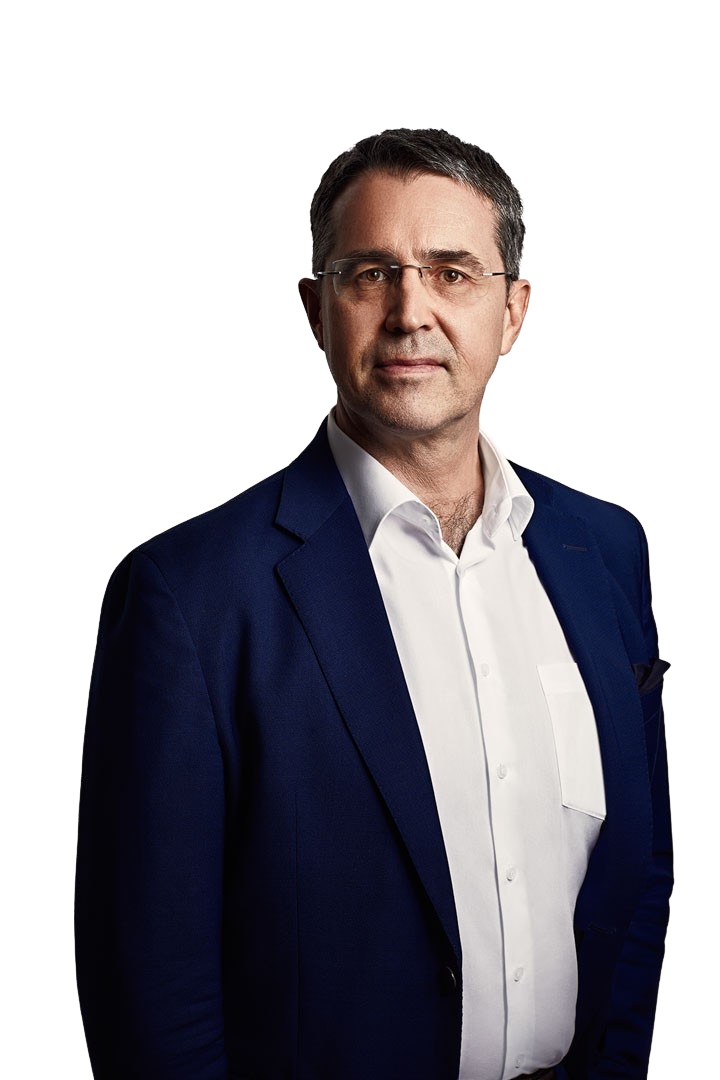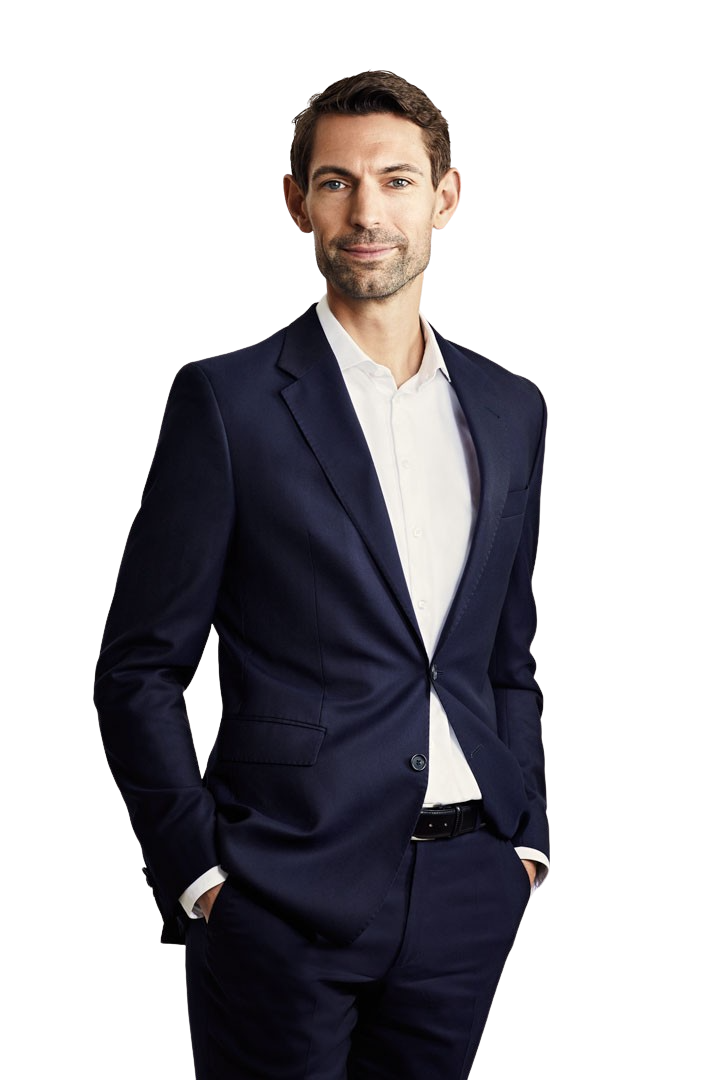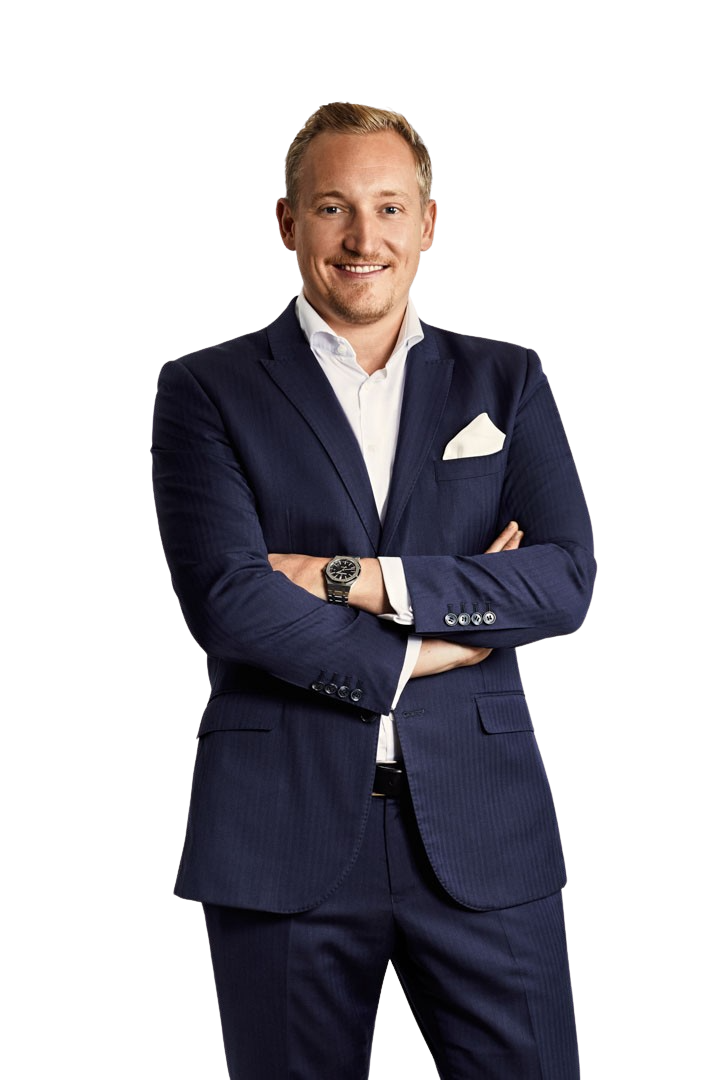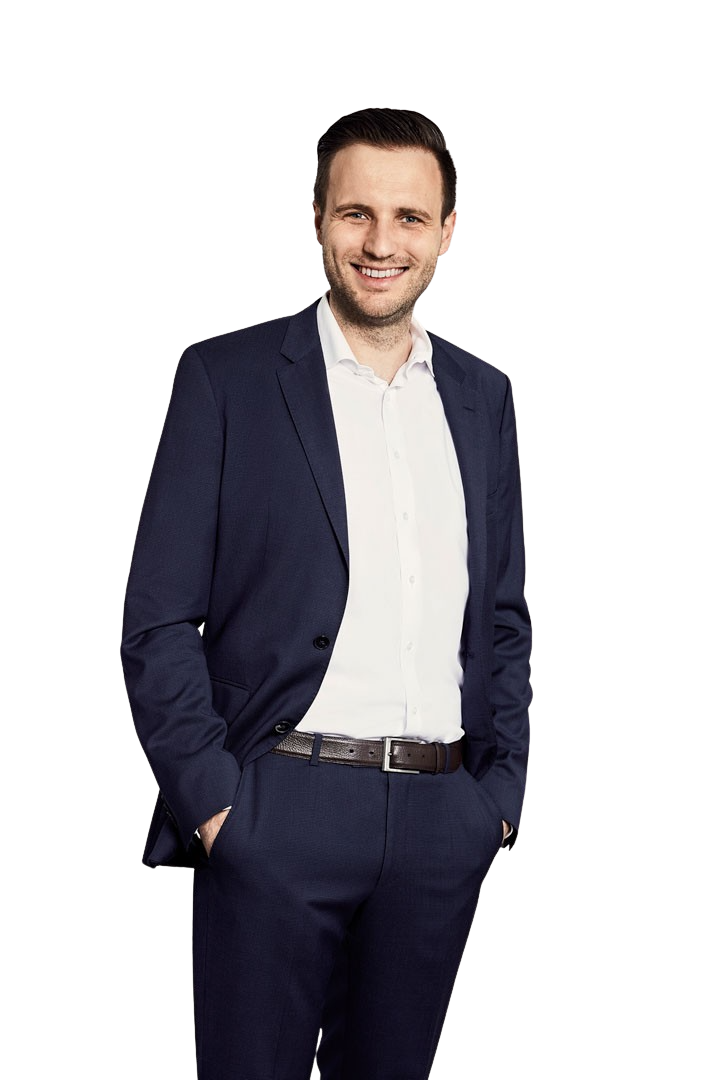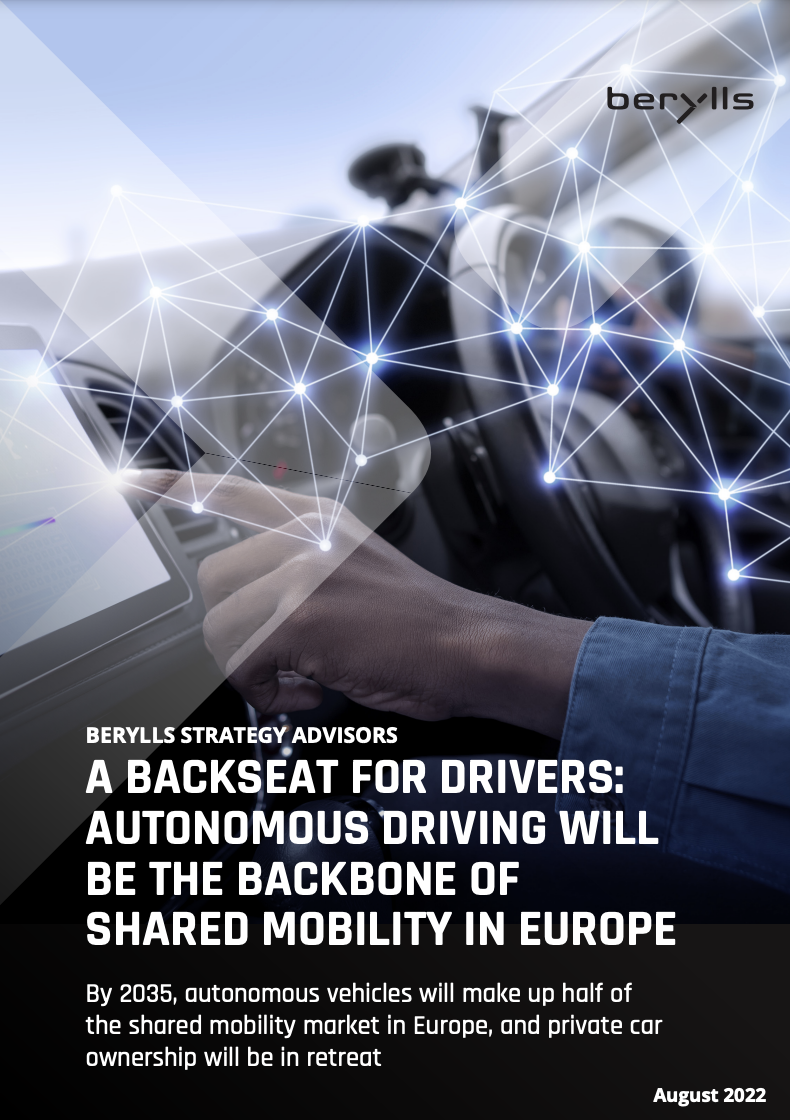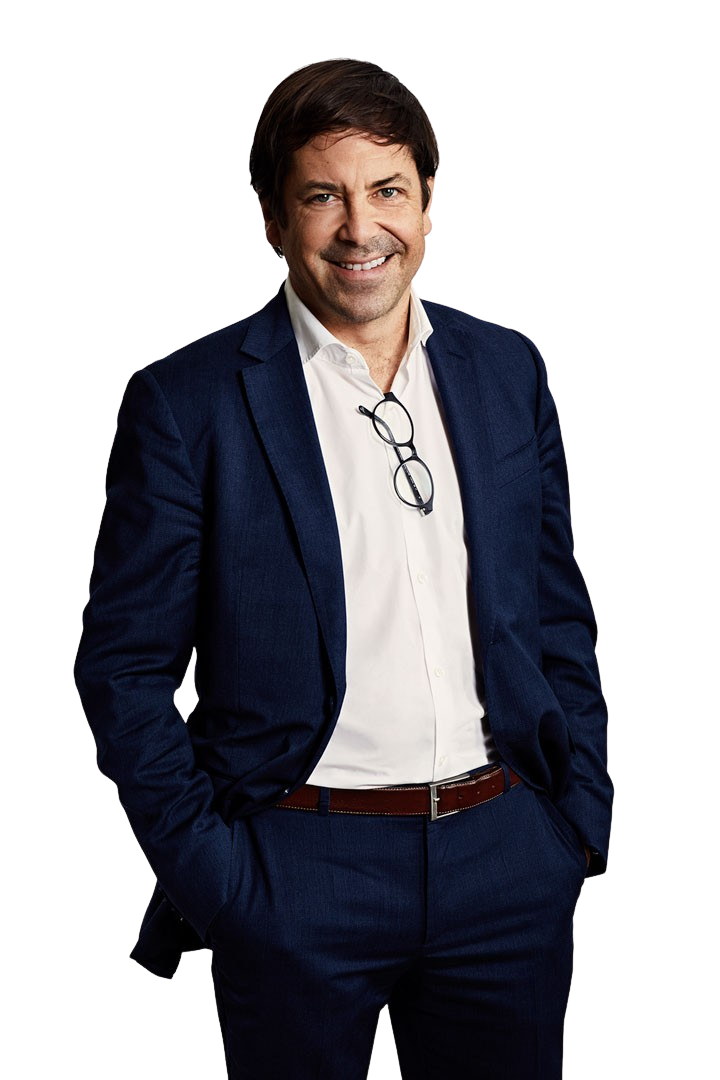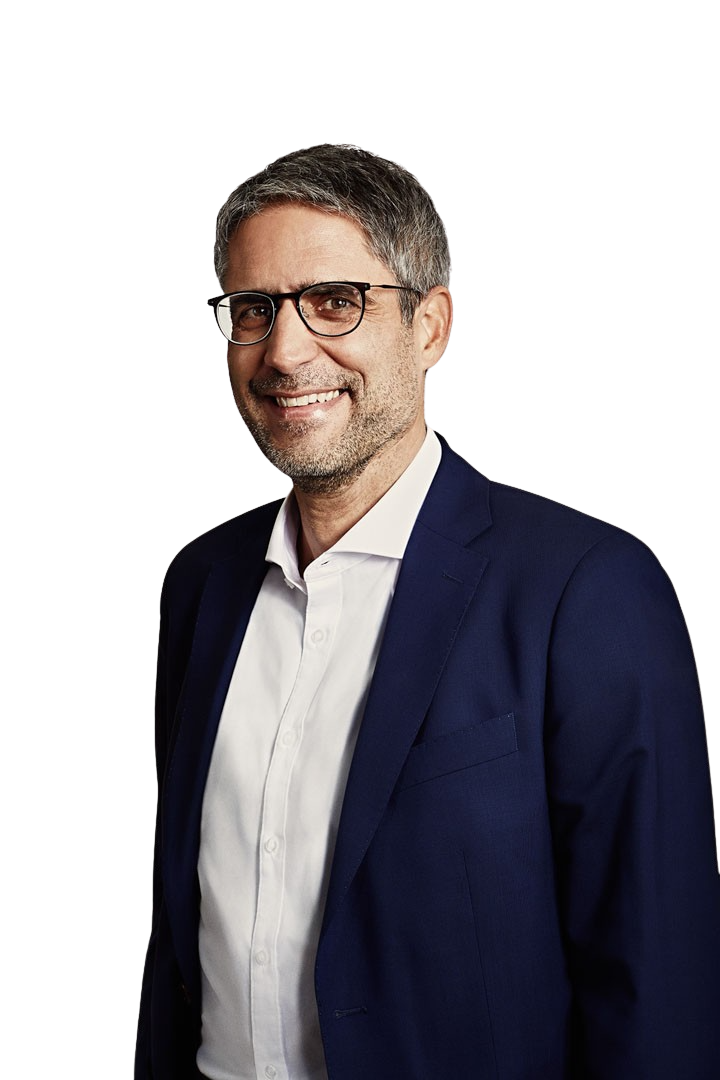Can Chinese carmakers succeed where they previously failed?
The difference this time is that Chinese OEMs’ products have matured to the point where they are at least seen by European customers as generally competitive in the “traditional” sales virtues of build quality, use of high-grade materials and driving performance. Meanwhile, Chinese vehicles now also boast highly advanced new “bonus” features for European purchasers such as world-class connectivity and autonomous driving. Lastly, Chinese OEMs are used to building their products in a customer-centric way, with features such as seamless integration of mobile phone apps.
However, even with these core competencies, Chinese OEMs are not guaranteed an easy ride with rapid returns now that they are re-entering the European market. In their favor, most Chinese OEMs are action oriented and advocate „learning by doing“ and “agile” progression. But they must also adjust their mindset to complex European automotive markets that require rigorous and meticulous planning.
Chinese OEMs should follow the example of the best European competitors and lay out a structured, holistic plan with detailed implementation processes that are based on European customer journeys. Furthermore, they should be prepared for long-term investments to gain and retain the trust of European customers in their products. This will require Chinese OEMs to establish a strong ecosystem in Europe that is adapted for short-term, medium-term and long-term strategies in all areas of their business, including pillar brands, product portfolios, pricing, distribution networks and the digital domain.
Short-term strategy: Brand building and competitive pricing
These are the critical next steps toward success in Europe. Chinese OEMs must ensure that their models are more attractively priced than mainstream European competitors to make up for their lack of brand reputation. Competitive pricing can yield some instant wins when combined with large-scale PR and communications campaigns for models that are extremely good value for money compared with similar vehicles made by competitors. Communications should focus specifically on performance marketing in line with the brand’s positioning during the individual journeys of potential customers, rather than adopting a broader “fishnet” approach through TV spots, billboard advertisements and other media channels.
Medium-term strategy: Product portfolio and network
It is very important for Chinese OEMs to choose a suitable product portfolio and an appropriate sales and aftersales network to gain entry to European markets, following thorough homework on individual market trends and tastes. In this context, it is worth noting that Chinese customers are not necessarily the same as their counterparts in Europe. To give one obvious example, while the SUV is the most popular model of vehicle in China, this is not universally true across European markets.
With regard to sales and aftersales networks, we generally see three distribution channels for China’s EV manufacturers to enter Europe. Firstly, they can cooperate with large local dealers who are interested in selling their vehicles. We believe that a large majority of dealers will be willing to work with Chinese OEMs, given the current trend toward the agent model, which is increasing the margin pressure on most dealers.
Alternatively, Chinese OEMs can follow Tesla’s example and try to set up their own networks in Europe. This might seem the most desirable route in terms of retail steering and customer experience control. However, doubts remain about whether Chinese OEMs have the financial strength to set up a suitably extensive European network, especially if they are start-ups. Given their lack of capital, we believe it is more likely that Chinese players will adopt a combination of direct sales and franchise dealerships.
Lastly, Chinese OEMs should consider working with local mobility providers, whether they are rental, carsharing or subscription players, to get their vehicles visibly onto European streets, where they can generate word of mouth endorsements most effectively. Chinese players should focus in particular on the subscription model, where shorter contract periods and lower monthly fees can help overcome the resistance of European customers to Chinese cars.
Long-term strategy: Creating a sustainable, positive brand reputation
A functioning ecosystem with clear structures and the right priorities are key challenges, but are still merely prerequisites for a successful market entry in Europe. Creating long-lasting brand recognition and growth for Chinese EVs will take both time and a willingness to experiment.
The leading Chinese EV manufacturer NIO is a good example. To its credit, NIO has invested a lot of effort in its ecosystem set-up in Europe, especially around user communities, user experience and other fields that are “beyond the vehicle.” Using Norway as its main testing ground, NIO aims to build an ecosystem with cars at its core that also includes digital services and lifestyle offerings, such as community building events. Yet NIO still only sold around 200 cars in Europe in 2021, despite all these innovations. Further refinement and analysis of its fledgling ecosystem will be required to establish how or even whether these services can meet the demands of European customers.
Some observers, especially on the Chinese side, argue that such a detailed and rigorous approach is not necessary because there is one hi-tech product – the mobile phone – where Chinese manufacturers have already proved that they can make a rapid, successful market entry in Europe. A few years ago, Chinese mobile phones were almost unknown in Europe, but today the market is full of Chinese brands such as Huawei, Xiaomi and Oppo.
However, there are three significant differences between mobile phones and cars. Firstly, unlike cars, mobile phones can be changed frequently at a relatively low price. Secondly, the success of Chinese phones in Europe is based on the budget segment and is concentrated in a few countries. Consider the example of Xiaomi. In the second quarter of 2021, Xiaomi shipped 12.7 million units to Europe, making it the region’s single largest mobile phone supplier, ahead of Samsung (12 million) and Apple (9.6 million). Yet Xiaomi’s success is driven mainly by sales in Russia and the rest of the Commonwealth of Independent States (CIS), whose huge mobile phone market is dominated by budget buyers. This fact largely explains why the average price of a Xiaomi phone in Europe was around $164, compared with $250 for a Samsung phone and $808 for an Apple one.
Thirdly, 50 percent of mobile phones in Europe are sold through network operators such as Vodafone and Telefónica, which also like to tweak the pricing of hardware devices with special offers and promotions. In summary, one should not assume from the success of Chinese mobile phone players in Europe that it is easily replicable in the auto sector.
